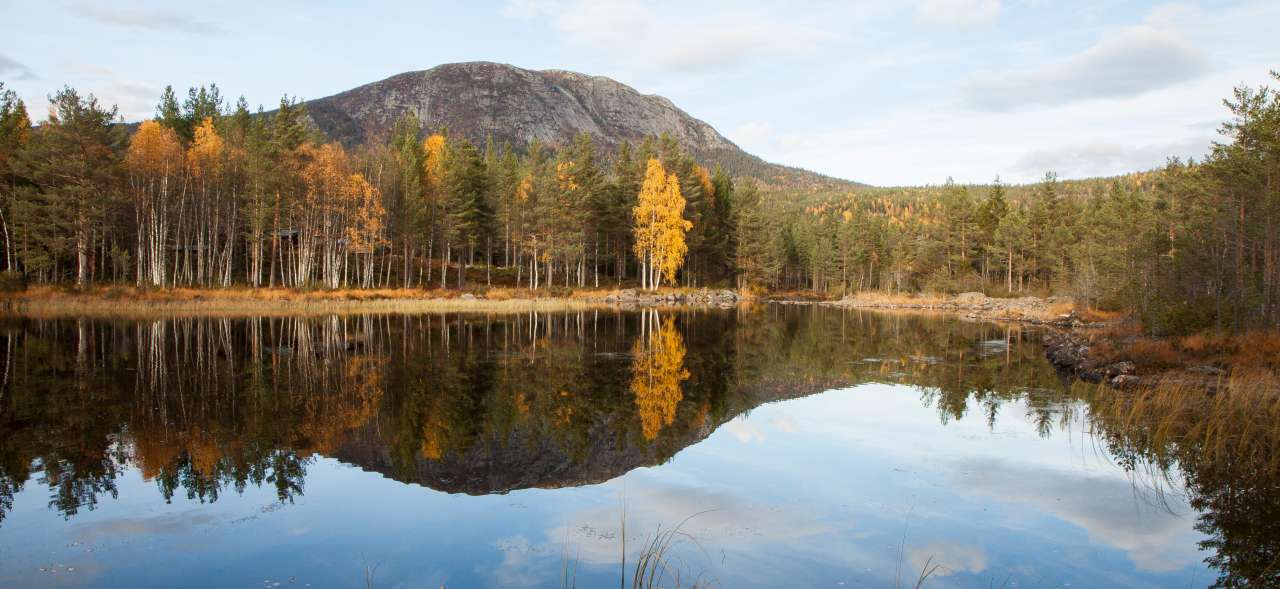
Sustainable Forestry in Norway
Sustainability is a term used to describe economic, social, institutional and environmental aspects of human society. In many countries, sustainable forestry practices were developed more than 100 years ago. Since the 1980s, this topic has been added to the international political agenda.

Forest Knowledge
Many people have a connection with and an opinion on forests in Norway. Some people make their living from forests, and the value associated with them contributes to different value chains. Forests provide the foundation for various important careers and good export earnings.
There are also many people who are very committed to protecting forests as an ecosystem, as a diverse natural environment and for their social and cultural value. Even those who are less active in the debates on forestry are keen to share an opinion on how forests should be managed, used and protected. In light of the strong and widespread interest in forests that has developed in recent years, forests and their role have generated a lively and intense debate, both in political forums and the media, in Norway and internationally.
Forests Play a Key Role in Several of Our Global Challenges
Forestry issues are high on both the national and international political agenda. Norwegian forest management is linked with global climate targets and carbon binding, and has targets aimed at conserving biodiversity. Today's forest management practices are therefore closely connected with how we tackle these global challenges. However, there are differences in opinion on how exactly Norway's forests should be managed to best contribute to preserving life on this planet.
The "Sustainable Forestry in Norway" Report
The online version of the "Sustainable Forestry in Norway" report contributes to the debate on forestry, making it easier to access fact-based information about Norwegian forests for debates and decision-making related to forests. The report is only available in Norwegian.
Click the link on the left to access the online version of the report.
